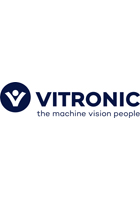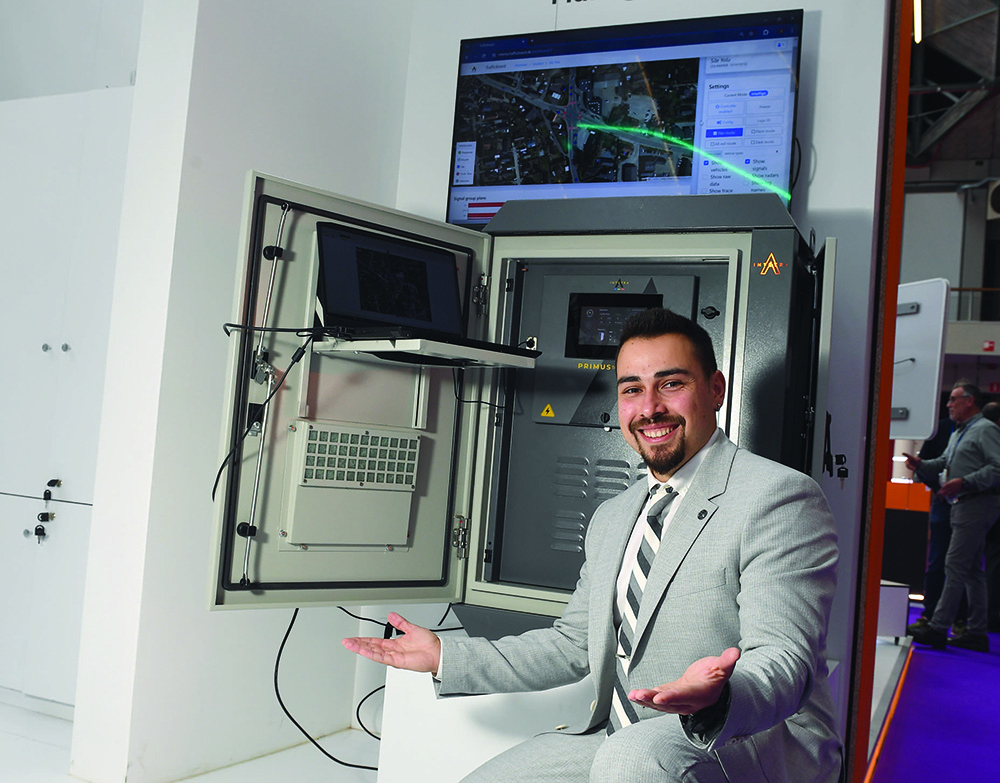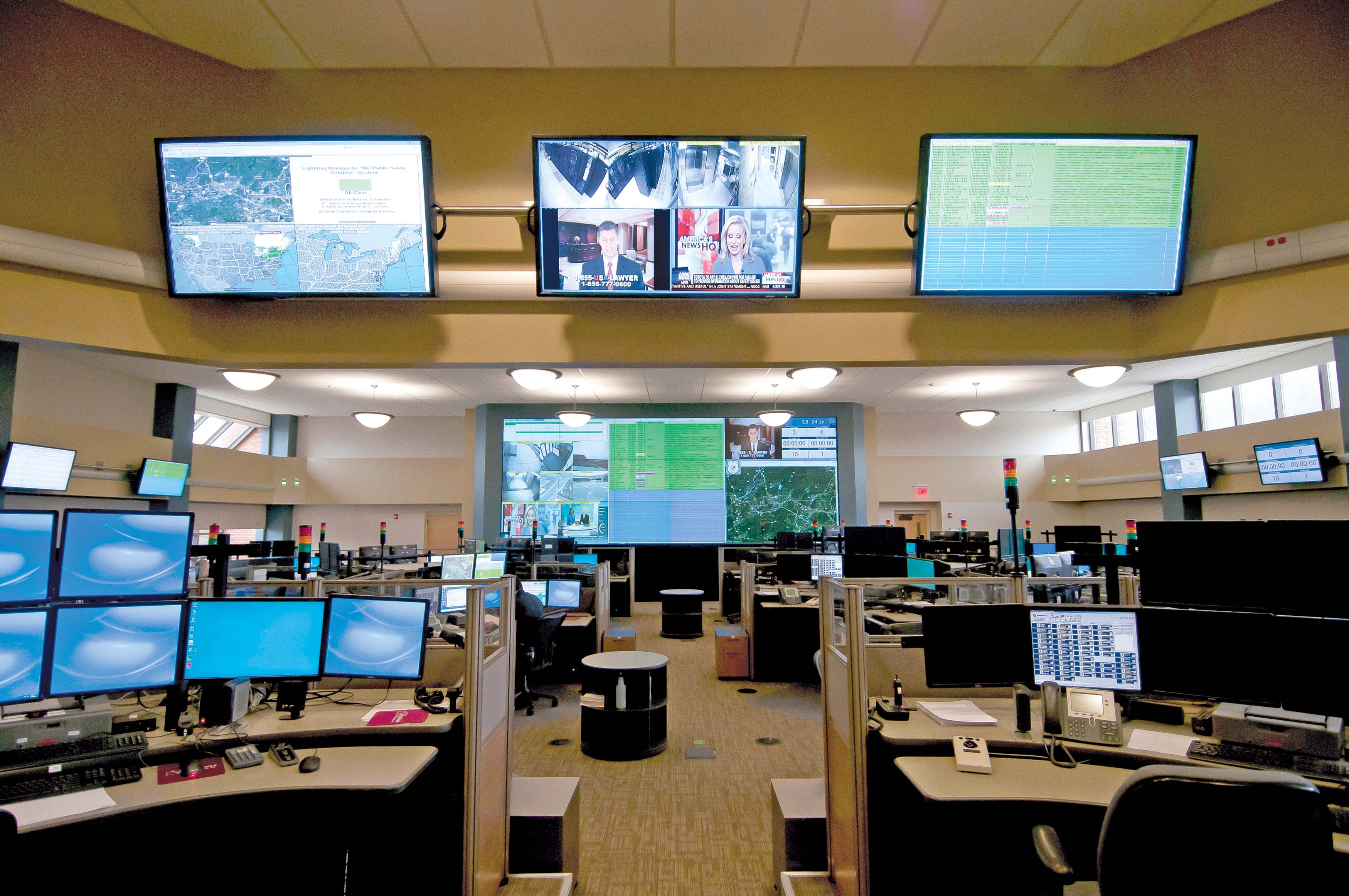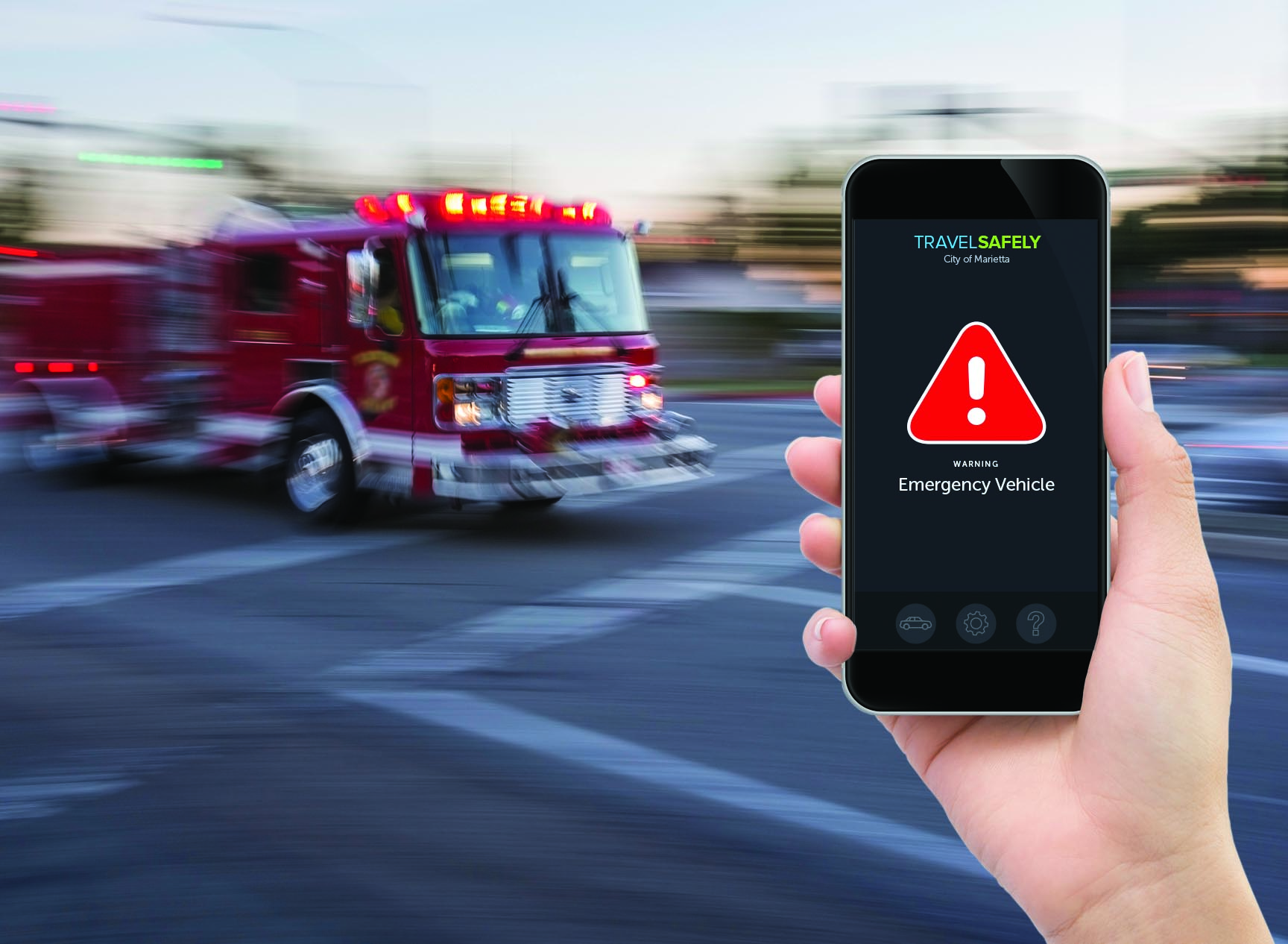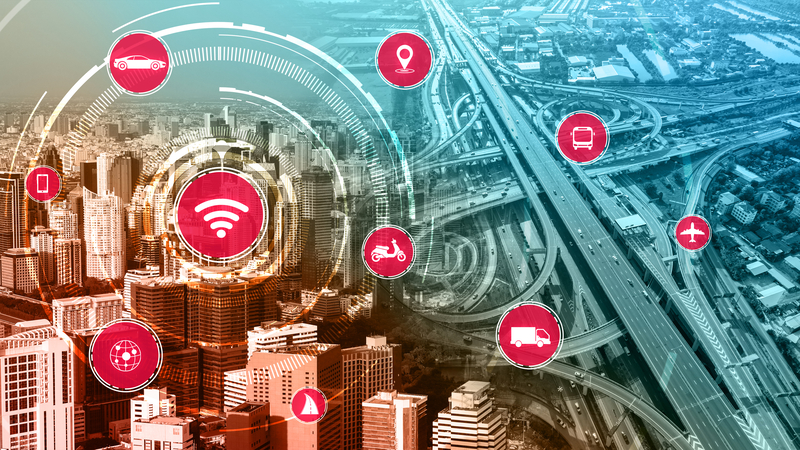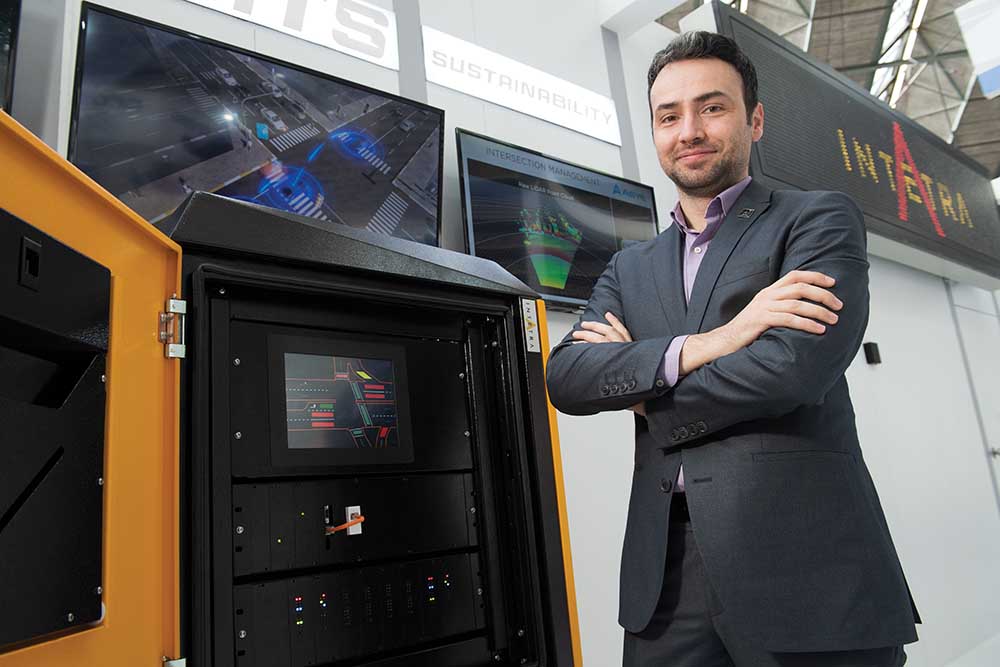
The company says that the new controller has the ability to operate as part of a cooperative intelligent transportation system (C-ITS) that can also communicate with vehicles and other infrastructure devices.
The new-generation intersection control unit has been designed to be user-friendly for the technicians who will install and maintain it, said R&D manager Tufan Yilmaz, with features such as ease of cabling and commissioning. Programming is also facilitated with what the company describes as an easy and tactile programming interface.
Among the unit’s features are the ability for it to be programmable for up to 32 groups that can be divided to small intersections, allowing a single device to control multiple intersections.
Different types of management methods are available, depending on the infrastructure available locally. Semi-actuated and fully actuated modes can be used with loop sensors, while the fully adaptive mode can be used with the help of camera-based artificial intelligence software.
Besides central control of the units, local programming and management of the device is also available via a 10-inch display or with an operator laptop connected through ethernet. The intersection control unit’s features include the ability to prioritise emergency and public transport vehicles, with the help of V21 connection and event detection solutions.
Besides its connectivity solutions the device is C-ITS ready and can transmit current light situations to onboard vehicle units through the roadside unit. To keep pace with developments in traffic lights, the control unit can work with 42V traffic lights as well as the regular 220V units.
Event detection capabilities include detection of pedestrian age and dangerous situations, as well as accident and weather detection.
Stand 01.304



